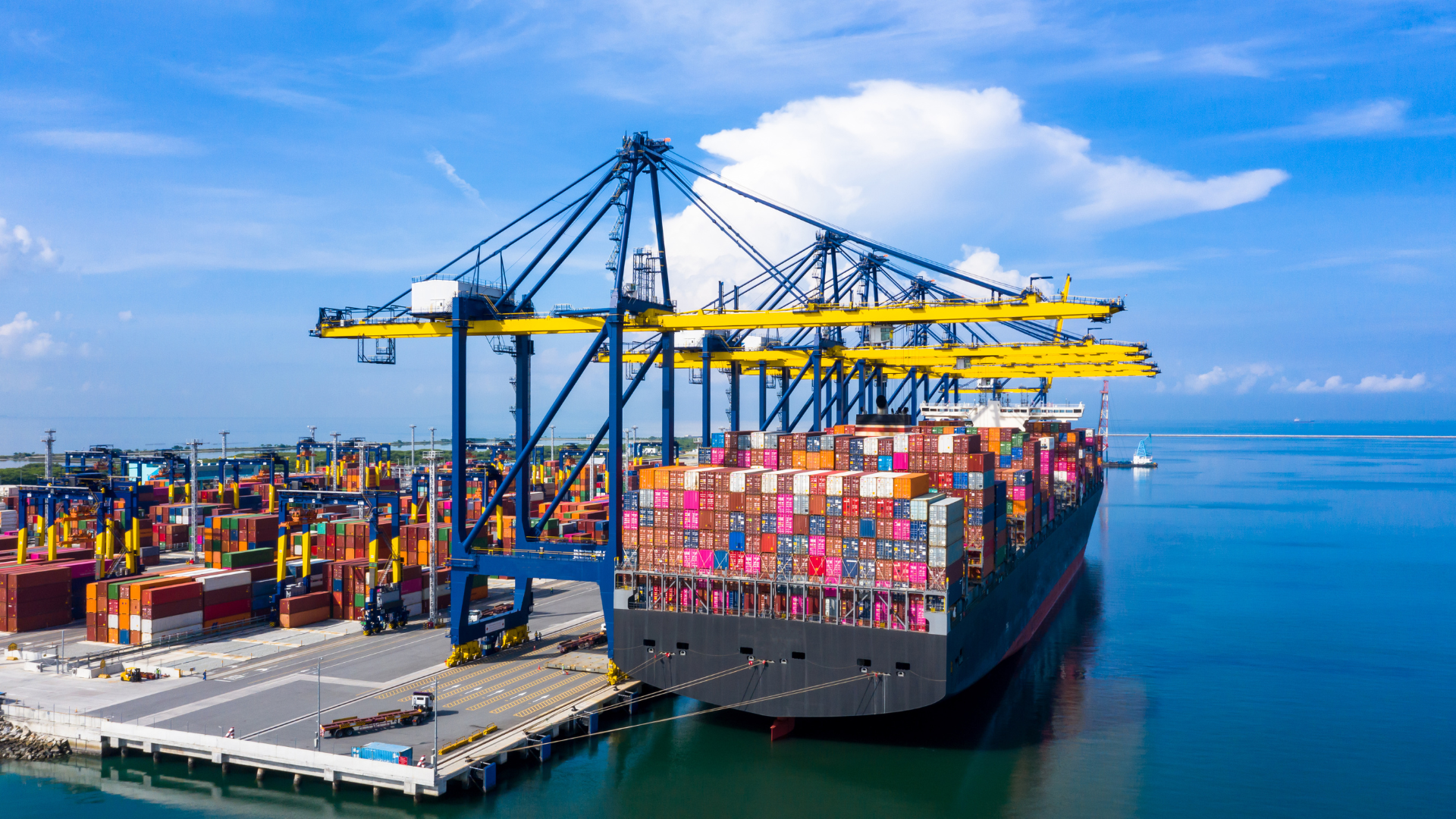What Steps Must a Merchant or Shipper Follow When Shipping Dangerous Goods?

The transportation of dangerous goods is a highly regulated and critical part of modern logistics. Whether it’s chemicals, flammable materials, or dangerous substances, ensuring the safe shipment of these goods is paramount to protect public safety, the environment, and the integrity of the supply chain.
The first step when shipping dangerous goods is correctly classifying them. Goods must be categorized according to international and national regulations, such as the United Nations Recommendations on the Transport of Dangerous Goods (UNRTDG) or country-specific guidelines. Proper classification ensures that the appropriate safety measures and labeling requirements are applied.
Packaging and Labeling
- Selecting the Right Packaging: Choosing the right packaging is crucial to prevent leaks, spills, and contamination during transportation. Packaging must meet specific standards outlined in regulations.
- Labeling and Marking: Labelling and marking packages correctly is essential for identifying dangerous goods and communicating potential hazards. Labels and marks should comply with international standards and include hazard symbols, UN numbers, and other relevant information.
Documentation and Declaration
- Shipping Documents: Prepare shipping documents that accurately describe the dangerous goods being shipped. These documents should include information about the goods’ classification, quantity, packaging, and emergency response contact details.
- Transportation Declaration: Depending on the mode of transportation (e.g., road, air, sea), merchants may need to complete transportation declarations or bills of lading that provide comprehensive information about the dangerous goods and their handling instructions.
Compliance with Regulations
- National and International Regulations: Ensure full compliance with national and international regulations governing the transportation of dangerous goods. Familiarize yourself with regulations such as the Hazardous Materials Regulations (HMR) in the United States, the European Agreement concerning the International Carriage of Dangerous Goods by Road (ADR), or the International Air Transport Association (IATA) Dangerous Goods Regulations.
- Training and Certification: Personnel handling and shipping dangerous goods must receive proper training and certification to understand the hazards and safe handling practices.
Safety Measures and Emergency Response
- Emergency Response Plan: Develop a comprehensive emergency response plan that outlines actions to be taken in case of an accident or incident involving dangerous goods. This plan should include procedures for containing spills, notifying authorities, and protecting personnel.
- Emergency Contacts: Maintain an updated list of emergency contacts, including local authorities, response agencies, and medical facilities, to ensure rapid response in an emergency.
Transportation and Security
- Secure Transport: Ensure that dangerous goods are securely loaded, transported, and stored during transit to prevent unauthorized access, tampering, or theft.
- Security Awareness: Promote security awareness among personnel involved in the transportation process to recognize and report any suspicious activities or potential threats.
Compliance Audits and Reviews
Regularly conduct compliance audits and reviews to assess whether your shipping procedures align with the latest regulations and industry best practices. Address any identified issues promptly.
Continuous Education and Training
Stay informed about updates and changes in regulations and provide ongoing education and training for employees involved in the shipping process. This helps maintain compliance and safety standards.
In conclusion, transporting dangerous goods is a multifaceted process requiring unwavering commitment to safety and regulatory compliance.
To navigate this complex landscape with confidence and expertise, consider partnering with Global Hazmat. Our training and guidance are designed to empower professionals in responsibly managing dangerous goods, all while ensuring strict compliance with regulatory standards. Prioritizing these steps not only safeguards compliance but also supports protecting communities, the environment, and the integrity of the global supply chain.
Turn to Global Hazmat as your trusted resource for a safer and more responsible approach to dangerous goods transportation.
